When you wander into the Toronto Sculpture Garden right now, you’ll find New York-based Canadian interdisciplinary artist Ryan Van Der Hout’s To Reflect Everything – an outsized mirrored sphere that recalls both a disco ball’s joyful character and a satellite’s transportive enticement.
The concept and composition of Van Der Hout’s piece, which is on view in the Sculpture Garden until mid-May, navigates notions of queer utopia, identity, and transcendence. And it invites visitors to pause in contemplation via literal and metaphorical moments of self-reflection, highlighting the impact of our fragmented selves and environments in relation to the idea of incompleteness in belonging.
To Reflect Everything nestles nicely into Van Der Hout’s oeuvre, a compilation of photographic, public and sculptural works which explore vast themes including grief, queer becoming, and nostalgia; their piece To Reflect Everything And Show Nothing from 2022 is an interesting companion to the larger sculptural piece currently on display in Toronto’s downtown core. The photo is a compellingly abstracted portrait of the artist, who is sporting drag makeup, refracted through the showy grid of a disco ball’s surface.
Begging the question “Who is that?”, Van Der Hout’s image reveals so much about the human condition’s preoccupation with identity definition and construction through a camp lens, which ultimately reveals tantalizingly scant information. In the Toronto Sculpture Garden, Van Der Hout allows us all to step into a similarly fractured, albeit fantastical, world to consider this question of ourselves.
I was eager to have Van Der Hout further illuminate the inspirations behind To Reflect Everything and dig deeper into the depths of his practice for this Q&A. Dive in after the jump!
�
How did your piece To Reflect Everything end up in the Toronto Sculpture Garden?
I grew up in Toronto, and the Sculpture Garden was one of the places that you could go and see art at a scale that felt like it didn’t exist elsewhere. I had a real admiration for the space and what had happened there. There’s a rich history of people making their first public piece in that space, and a dialogue over the course of thirty years between different sculptors of what this space can do and how it can transform.
In my outdoor sculpture public art practice, I consider how site can be transformed through perspective, and particularly through queering perspective. I really think about the things that I make outside as optical devices—things that as an audience you’re interacting with, and it’s changing your perspective on the environment which creates a complex dialogue between yourself, the objects, and the space around you.
And where does disco fit in?
I’d been working with the disco ball as a theme already, as a kind of object that reflects everything and yet shows nothing. It’s an amazing device that transforms space through lights. But it’s kind of like the more you look at it, the less you see. It just creates a mosaic of the dancefloor. It provides both a visibility and an invisibility.
While doing some research, I came across the satellite called Ajisai from the 1980s, that very closely resembles a disco ball. It was speaking to a lot of the things in my practice that I’ve already been doing; I was making photos of disco balls that kind of “atomize” space, and cutting out small sections of them to reveal self-portraits. I was really interested in creating an object that would actually do that, rather than show it.
Photography shows, but a sculpture of this kind has the ability to do it.
It’ll be interesting to see how people engage with it.
There’s a history of mirrored work in art—especially in queer art. The thing about using reflective surfaces is that they’re always active. I’m really interested in time and there’s an amazing ability for reflective objects to exist in the here and now, but then the notion of the satellite refers to queer futurity that I’ve been thinking a lot about.
I’ve had the opportunity to sit in the park and see how people interact with [the piece]. With mirrored works, people seem to have a strong desire to touch them. Usually you’re not allowed to touch art, but with public art, there’s no one to stop you.
Tell me about creating a work and putting it out in the world, because as you just noted, you’re relinquishing a lot of control with what happens to the work.
With this piece in particular, that was actually always part of it. There’s an amazing book called Cruising Utopia by José Esteban Muñoz; he talks about queer utopia as being and becoming—it’s never in the here and now. It’s always out of step. The thing about utopic objects like a disco ball or satellite is that they represent a kind of perfection, but they’re tainted by the world. The world acts on them and they lose their utopic quality. Like, over time, a disco ball gets dusty and covered in schmutz. I once witnessed the changes an Anish Kapoor piece went through while situated in a public space; it was almost as if the interaction between people and that piece was like a veneration—like it was a religious object that compelled them to touch it.
Within a week of my piece being in the Sculpture Garden, it was covered in “body”—fingerprints at first, and then after the party that was held on the site during last year’s Nuit Blanche, there were face prints and chest prints on its surface. I think the desire to have an interactive relationship with something that feels slightly out of this world is really interesting.
So, the piece has some love on it now, and also some hate. Withing a couple of months of it being there, someone had drawn Pagan stars on it and written “God” on some of the mirrors. I don’t know exactly what place this is coming from, but when your artist statement talks about queer futurity and it’s out in the open, there’s a good chance something like that is going to happen.
As I was making To Reflect Everything, I was doing a residency in North Carolina and all the anti-LGBTQIA2S+ bills that were coming into place across America were really disconcerting. Teachers I was in contact with felt that they needed to leave the state because they had to disclose if a student said anything to them about their identity. I was thinking about this as I was considering what a fractured world, which the sculpture represents, does in this sense.
Let’s talk more about your practice in general, and something you say in your bio about the themes of undoing and queer becoming.
The book I mentioned earlier, Cruising Utopia, looks at how the idea of queer utopia is never in the present. It’s kind of a refusal of queer pessimism. I came into my queerness when I was thirty, and I had a lot of “queer enough” anxiety. I felt like I wasn’t doing it right; but the author’s idea that queer utopia is always becoming changed my life. It really allowed me to find myself in a way, and that influenced my art.
I look at myself, my body, and my thoughts as always in becoming—and a big part of that was tied to the idea of undoing. I had a whole life before my queer awakening that became undone. Once you’ve gone through a transformation like that, you can keep doing that. As an artist, it’s a really powerful tool to be constantly in the process of becoming.
I wanted to talk about a few of your other pieces, particularly your photographic still life compositions like Self Work and Sorry For Your Luck. What stands out to me in looking at those photographs is the theme of crafting identity; there’s also an element of destruction, or the illusion of destruction, that has happened in the images.
Those are from a series called Collecting Dust. I started making that series early on in the pandemic. A lot of thoughts about what the end of times looks like, and how we aestheticize that idea, were on my mind; and so was the concept of the undoing of time. In most of the photos in the series the objects look like they’ve been sitting there for years, but then there’s something in the scene that would be physically impossible to be there—like a candle that’s just been blown out. It creates a clashing of time.
I was also thinking a lot about Jewish identity and ritual. My grandmother had passed away over this same period of time, and typically, we’d sit Shiva after a death. It’s a space for grief and allowing a passing of time. Because of COVID, that didn’t happen and there was a lot still on my mind.
The memory of my grandmother’s table started coming into my photography, and that created a mix of queer iconography, my grandmother’s Shabbat table, and post-apocalyptic ‘90s film sequences that were mashing up.
I see a lot of post-apocalyptic sentiment in art right now, and at the same time, a lot of utopic and positive futurism. That’s an interesting clash as well.
They’re both basically reactions to the same thing, which is challenging times. I place a lot of hope in futurity, but I think that there can also be this desire to look past the present, or to stuff down hard feelings. A lot of the work I’m doing now looks at the extremes of time. I’m thinking about geological time—there are caves in the world that have remained unchanged for millions of years and will be here for millions of years after we’re gone. Or things like candles, which disappear before our eyes.
I think a melding of grief and futurity can be really healthy. That’s the balancing act of life: how to stay in the present while honouring your past and working towards a better future.
—Q&A by Odessa Paloma Parker (@odessapaloma)

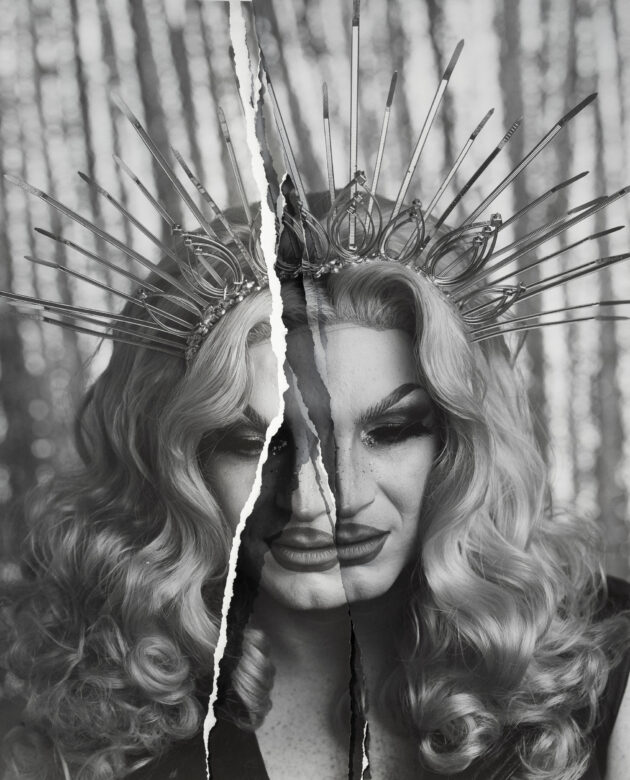
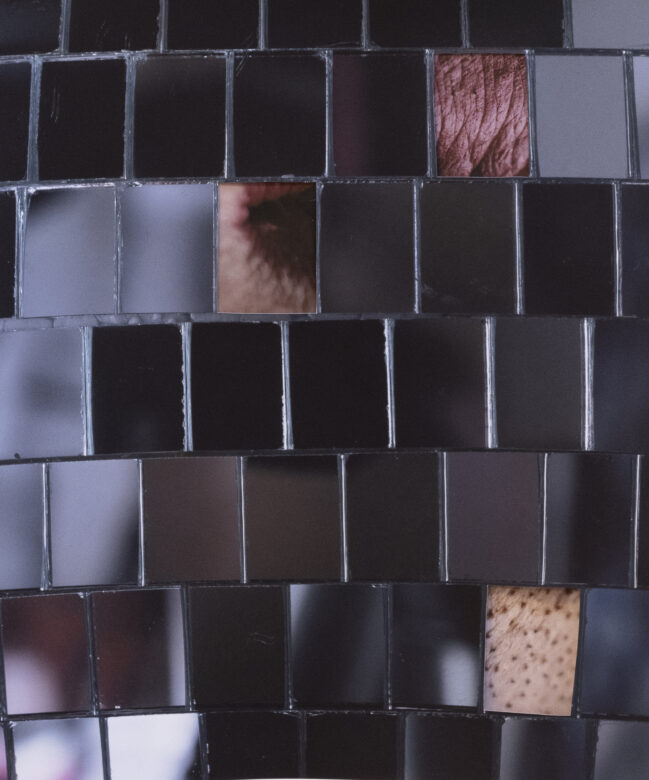
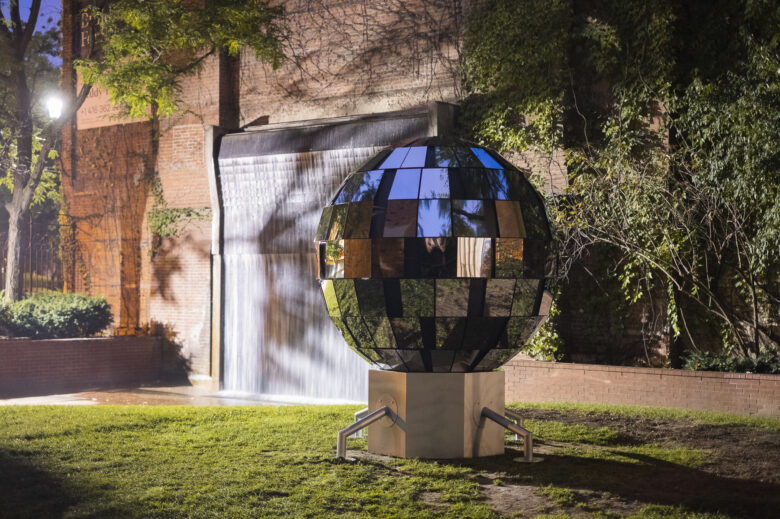
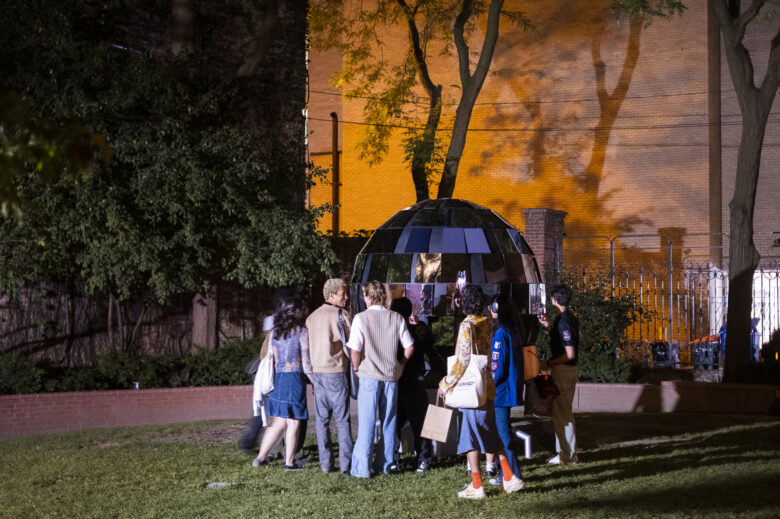
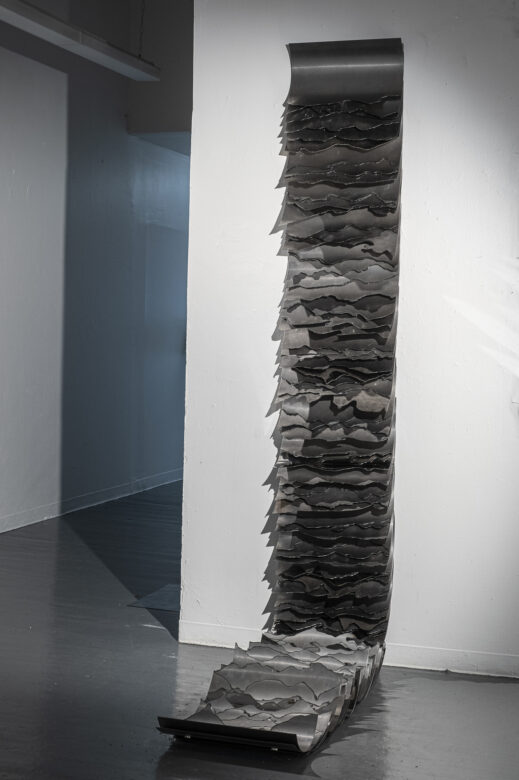
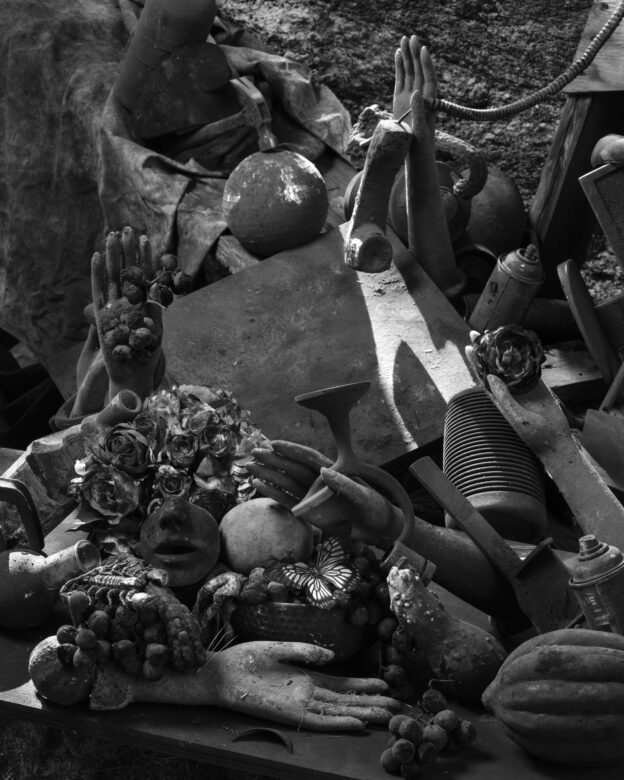
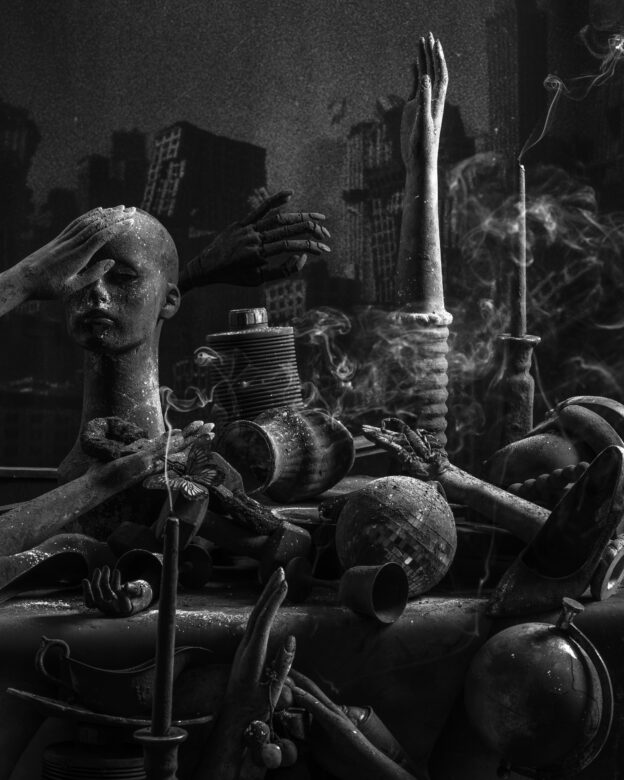
Be the first to comment on "OMG, a Q&A with interdisciplinary artist Ryan Van Der Hout"